Fantastically expensive and hard to handle, the substance holds the key to a holy grail of science. And experts at Cern now know how to transport it.
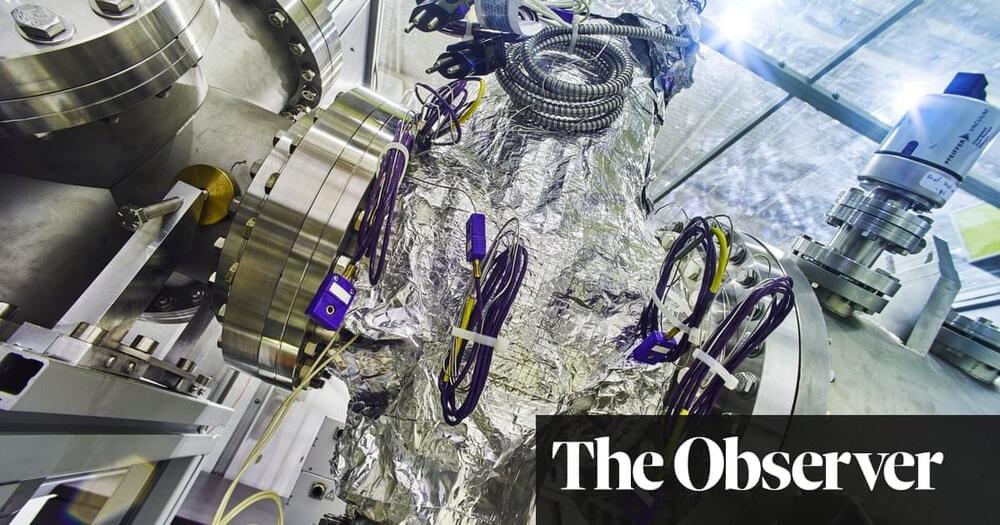

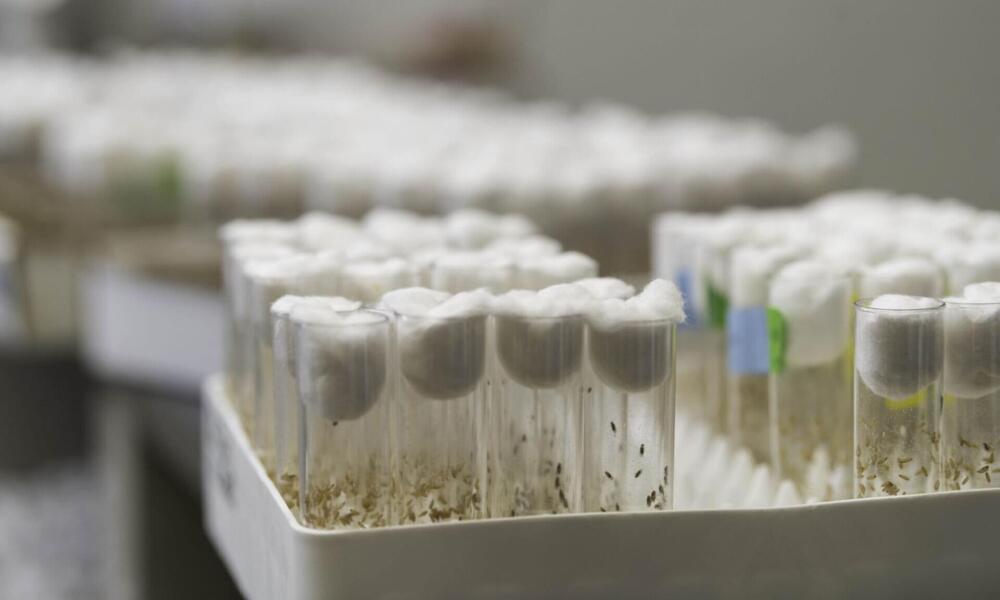
New research reveals that centromeres, which are responsible for proper cell division, can rapidly reorganize over short time scales. Biologists at the University of Rochester are calling a discovery they made in a mysterious region of the chromosome known as the centromere a potential game-changer in the field of chromosome biology.
“We’re really excited about this work,” says Amanda Larracuente, the Nathaniel and Helen Wisch Professor of Biology, whose lab oversaw the research that led to the findings, which appear in PLOS Biology.
The discovery involves an intricate and seemingly carefully choreographed genetic tug-of-war between elements in the centromere, which is responsible for proper cell division. Instead of storing genes, centromeres anchor proteins that move chromosomes around the cell as it splits. If a centromere fails to function, cells may divide with too few or too many chromosomes.
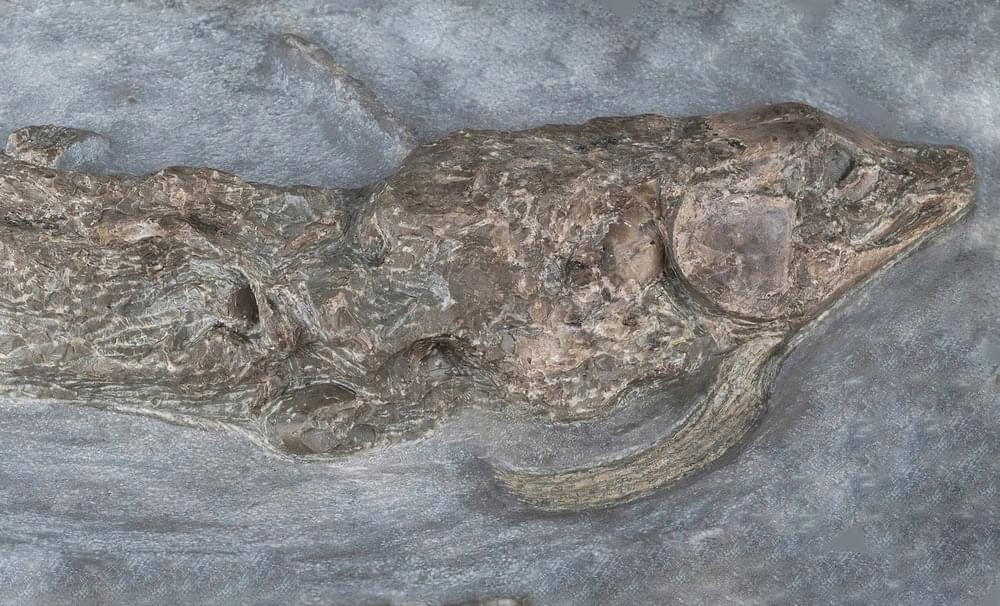
Scientists have made a groundbreaking discovery of a new extinct species of coelacanth, thanks to an unexpected tool: a particle accelerator. This cutting-edge technology allowed scientists to analyze 240-million-year-old fossils in unprecedented detail. The new species sheds light on ancient fish behavior and anatomy in ways never before possible.

“We thank Delta Electronics for choosing to grow in Texas,” said Adriana Cruz, executive director of the Texas Economic Development & Tourism Office. “As the most popular location in the U.S. for foreign direct investment over the last two decades and a national leader in advanced manufacturing, we know that Delta Electronics’ expanding facility will continue to thrive here in the Lone Star State. It’s thanks to innovative companies like Delta Electronics that Texas will continue to create good-paying careers in high-demand industries and build the technologies of the future. We congratulate our local and regional economic development partners in Plano on this remarkable win.”
Plano is the largest city in Collin County, with a population of more than 294,000.
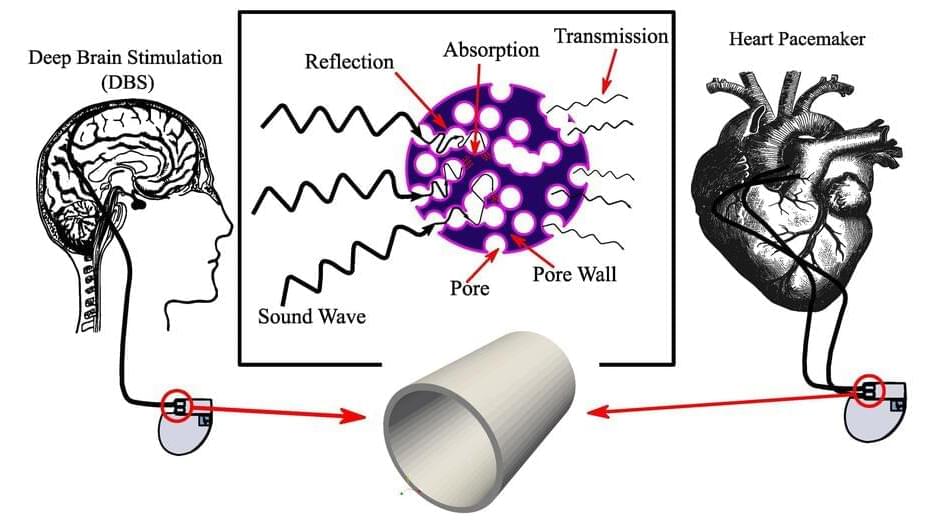
Two years ago, a medical professional approached scientists at the University of Tabriz in Iran with an interesting problem: Patients were having headaches after pacemaker implants. Working together to investigate, they began to wonder if the underlying issue is the materials used in the pacemakers.
“Managing external noise that affects patients is crucial,” author Baraa Chasib Mezher said. “For example, a person with a brain pacemaker may experience interference from external electrical fields from phones or the sounds of cars, as well as various electromagnetic forces present in daily life. It is essential to develop novel biomaterials for the outlet gate of brain pacemakers that can effectively handle electrical signals.”
In an article published this week in AIP Advances, Mezher, who is an Iraqi doctoral student studying in Iran, and her colleagues at the Nanostructured and Novel Materials Laboratory at the University of Tabriz created organic materials for brain and heart pacemakers, which rely on uninterrupted signal delivery to be effective.
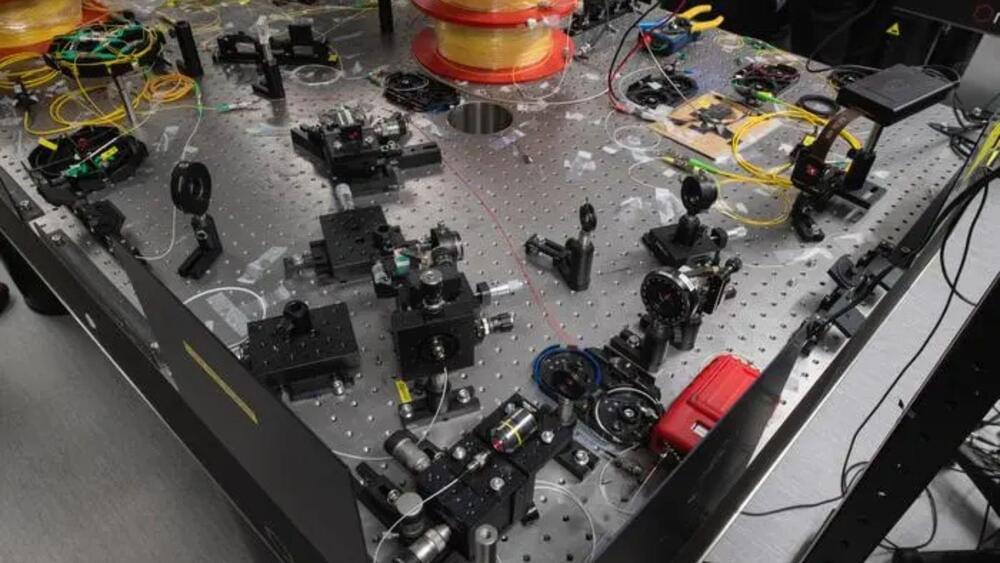

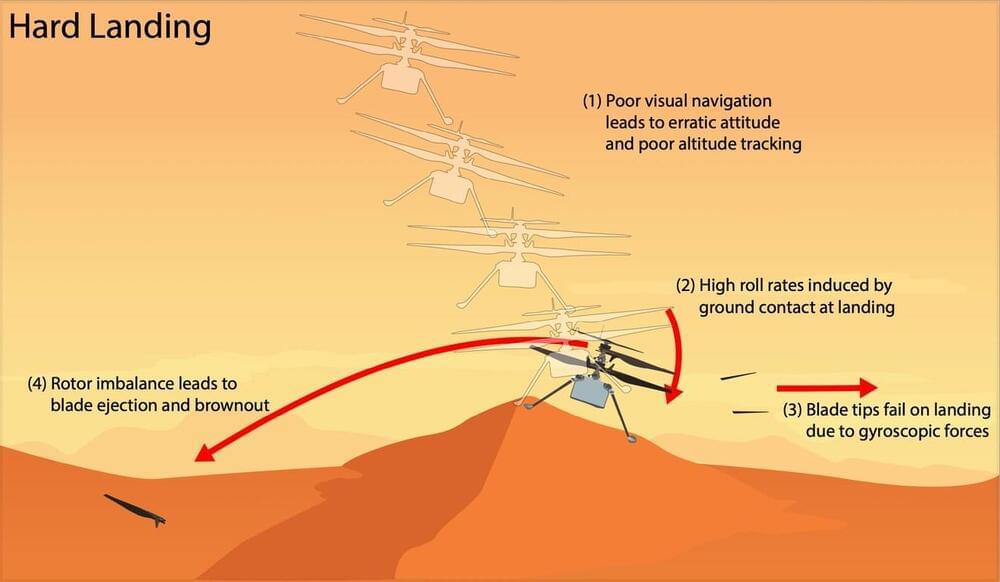
What can NASA’s Ingenuity helicopter on Mars teach us about flying on other planets? This is what engineers at NASA’s Jet Propulsion Laboratory recently investigated ever since the robotic pioneer performed its last flight on the Red Planet’s surface on January 18, 2024. The purpose of the investigation was to ascertain the likely causes for Ingenuity’s final flight, as the team found damage to the helicopter’s rotor blades in images sent back to Earth. This investigation holds the potential to help scientists and engineers improve upon Ingenuity’s design for future flying robots on other worlds.
“When running an accident investigation from 100 million miles away, you don’t have any black boxes or eyewitnesses,” said Dr. Håvard Grip, who is a research technologist at NASA JPL and Ingenuity’s first pilot. “While multiple scenarios are viable with the available data, we have one we believe is most likely: Lack of surface texture gave the navigation system too little information to work with.”
The reason for Ingenuity’s “retirement” was due to damage to its rotor blades it sustained during Flight 72, which turned out to be its final flight, due to navigation system failures in identifying a safe landing spot. As a result, engineers hypothesized that Ingenuity experienced a hard landing due to insufficient navigation data, breaking the rotor blades due to higher-than-expected loads. The findings from this investigation will help engineers implement better designs for NASA’s upcoming Mars Sample Return mission, which is currently in the design phase with an anticipated launch date of 2026.

How can tree placement impact urban temperatures? This is what a recent study published in Communications Earth & Environment hopes to address as an international team of researchers investigated how tree planting locations plays a vital role in mitigating the effects of climate change on urban environments. This study holds the potential to help researchers, climate scientists, the public, and city planners have the necessary tools and resources to combat climate change while still providing adequate ecology for their surroundings.
For the study, the researchers conducted a literature review on 182 past studies discussing how tree planting can decrease temperatures in urban environments, including 110 cities or regions worldwide and 17 climates, with the goal of quantifying this temperature decrease on a global scale. In the end, the team found that 83 percent of the cities used in the study experienced average monthly peak temperatures below 26 degrees Celsius (79 degrees Fahrenheit) while also noting that tree planting contributes to a decrease of 12 degrees Celsius (54 degrees Fahrenheit) in pedestrian-level temperatures.
“Our study provides context-specific greening guidelines for urban planners to more effectively harness tree cooling in the face of global warming,” said Dr. Ronita Bardhan, who is an Associate Professor of Sustainable Built Environment at the University of Cambridge and a co-author on the study. “Our results emphasize that urban planners not only need to give cities more green spaces, they need to plant the right mix of trees in optimal positions to maximize cooling benefits.”

A new class of magnetism called altermagnetism has been imaged for the first time in a new study. The findings could lead to the development of new magnetic memory devices with the potential to increase operation speeds of up to a thousand times.
Altermagnetism is a distinct form of magnetic order where the tiny constituent magnetic building blocks align antiparallel to their neighbors but the structure hosting each one is rotated compared to its neighbors.
Scientists from the University of Nottingham’s School of Physics and Astronomy have shown that this new third class of magnetism exists and can be controlled in microscopic devices. The findings have been published in Nature.